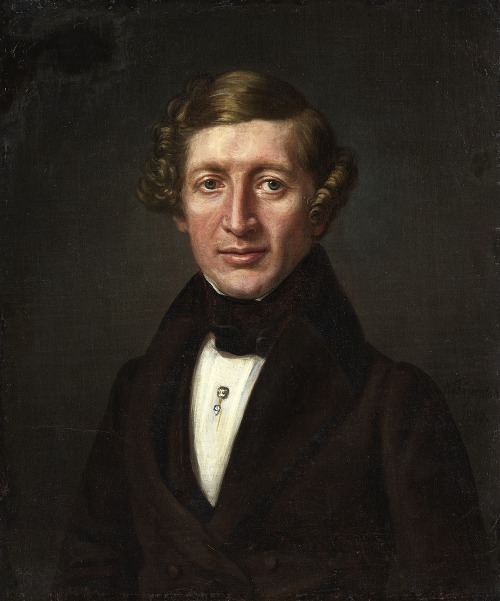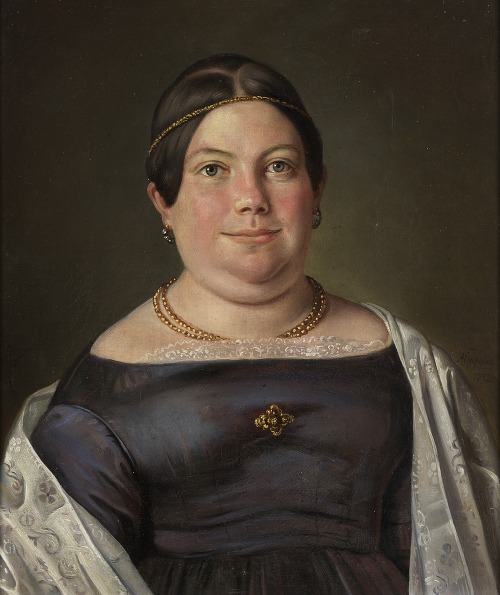




Axel Johan Fägerplan was a Swedish painter.
Fägerplan came to Stockholm in 1808 to study at the Academy of Fine Arts and participated in the Academy's exhibition in 1813 with his first historical composition. He found a mentor and source of inspiration in Per Krafft the Younger, and he also adopted Krafft's clear neo-antique style in his painting. During his studies at the Academy, Fägerplan became one of the Academy's most frequent exhibitors. He was awarded the Academy's gold jeton in 1824 for the painting Pompey and Valerius Maximus witnessing the voluntary death by poison of a rich wife, which was later placed in the Stockholm Palace. The attention that the painting attracted also earned him the dignity of a chartered history painter at the Academy.
He was appointed teacher of drawing at the Academy's Principle School in 1838. Until the mid-1820s, he mainly painted historical compositions, but after that he increasingly painted portraits. He became the main assistant in Krafft's private studio at Regeringsgatan 9. There he had to carry out the underpainting of the portrait canvases as well as the figures' bodies and bases while Krafft himself painted the heads.
He later took over both Krafft's apartment and studio where he also received students, especially Egron Lundgren who made his first brushstrokes under Fägerplan's supervision. He was mainly active as a portrait painter but was also involved in panel restoration, altarpieces and copying of older portraits where the Swedenborg portrait in Västmanlands-Dala nation in Uppsala is the most famous.


